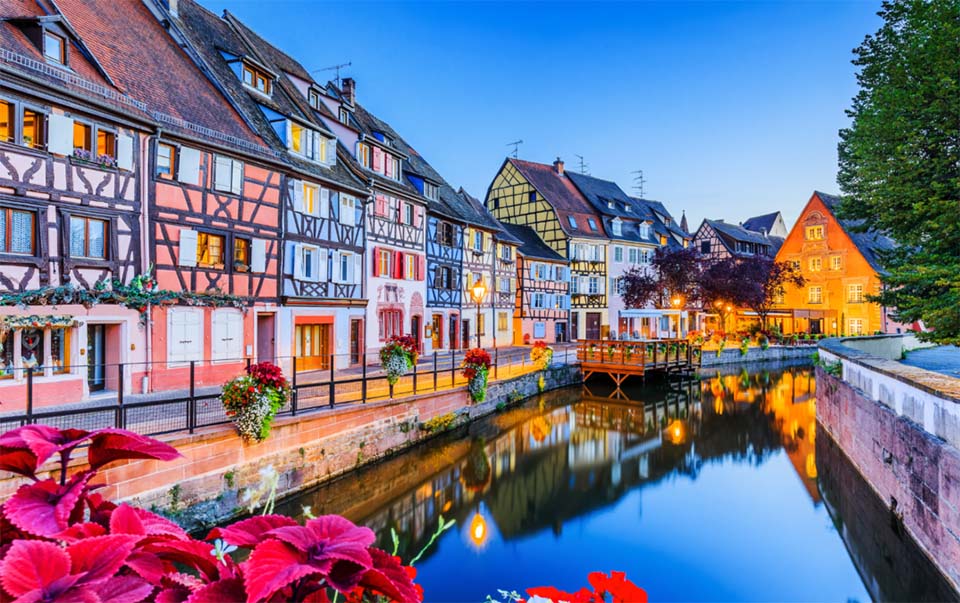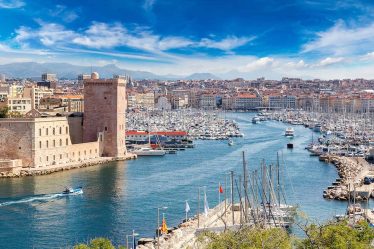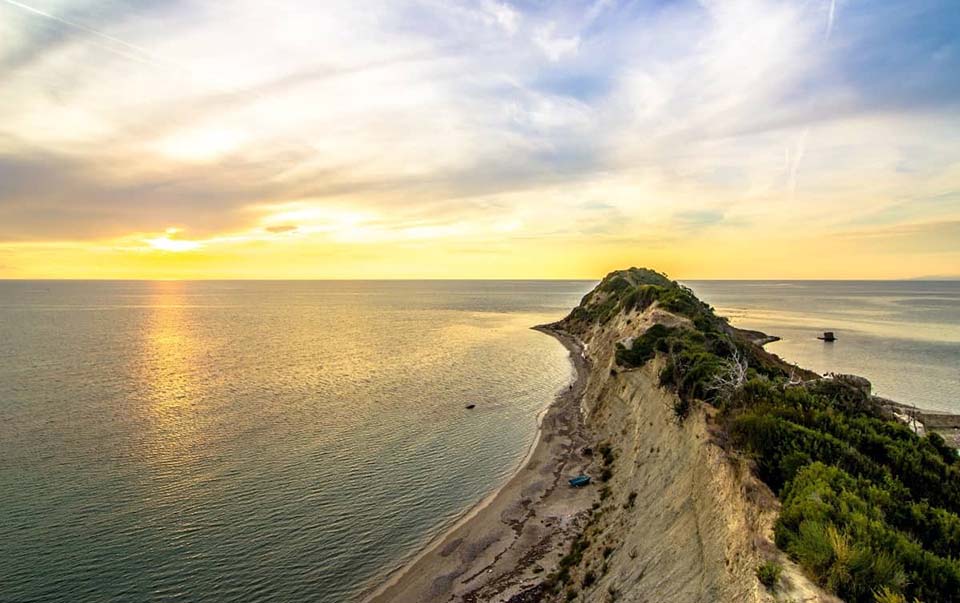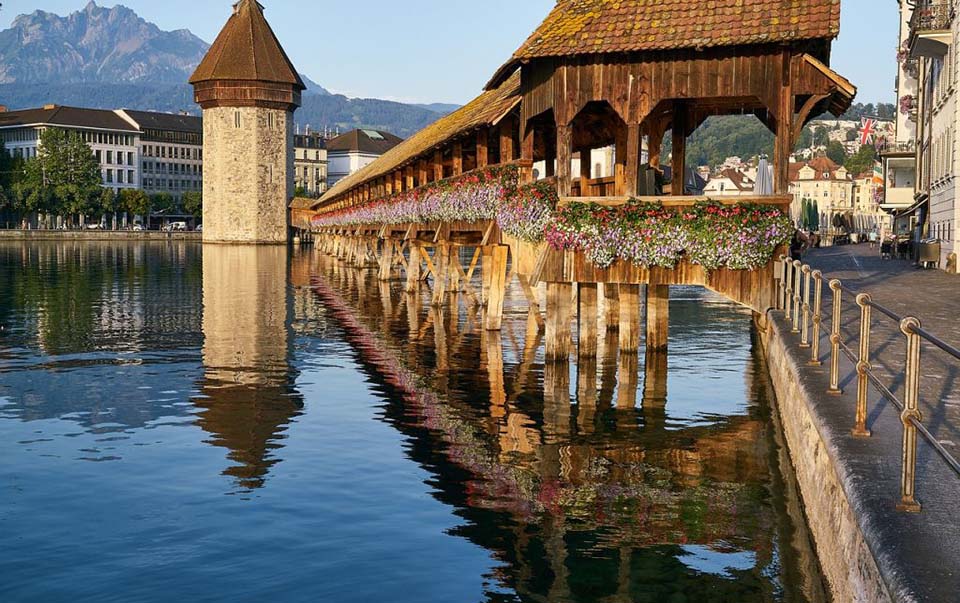
I stepped off the train at Lucerne’s picturesque station, and the sight that greeted me was nothing short of enchanting. Nestled between Lake Lucerne and the surrounding mountains, this Swiss gem was about to take me on a journey through time. Lucerne’s Old Town, a medieval treasure trove of history and culture, beckoned with its cobbled streets, well-preserved buildings, and tales of yesteryears.
A Stroll through Time
As I ventured into the heart of Lucerne, it was as though the city itself whispered tales of its past. The well-preserved medieval architecture, some dating back to the 12th century, stood as silent witnesses to centuries of history. Lucerne’s Old Town is a living museum, where every alleyway and square has a story to tell.
Chapel Bridge (Kapellbrücke)
As I embarked on my journey through Lucerne’s Old Town, my first stop was the iconic Chapel Bridge, or Kapellbrücke. This charming bridge, adorned with a tower, serves as a symbol of Lucerne’s rich history. It’s one of the oldest wooden bridges in Europe, and as I crossed it, I couldn’t help but be captivated by the unique stories it held.
What truly sets the Chapel Bridge apart are the intricate triangular paintings that adorn the roof of the bridge. These paintings create a mesmerizing visual narrative, essentially forming a historical comic strip that takes you on a stroll through time. Each painting depicts scenes from Lucerne’s past, offering a glimpse into the city’s fascinating history. Walking across the bridge feels like flipping through the pages of a living history book.
Cost: The best part is that this incredible journey through time is entirely free of charge. You can explore the Chapel Bridge without spending a dime.
Tip: To truly savor the experience, I recommend visiting early in the morning or late in the evening. These quieter hours allow you to appreciate the bridge’s beauty without the hustle and bustle of crowds.
Lion Monument (Löwendenkmal)
A short stroll from the Chapel Bridge brought me to the Lion Monument, or Löwendenkmal. This powerful sculpture, carved into a rock face, struck a chord with me as it represents a somber but poignant chapter in Swiss history.
The Lion Monument is a tribute to the Swiss Guards who lost their lives during the French Revolution in 1792. The sculpture portrays a dying lion, depicted in its final moments, a symbol of courage and sacrifice. The lion rests against a shield bearing the fleur-de-lis, the emblem of the French monarchy.
Cost: To visit the Lion Monument, there’s a small entrance fee of around CHF 10. It’s a modest fee for the opportunity to pay homage to a piece of history.
Tip: If you’re keen on capturing the monument’s intricate details, I recommend visiting in the morning when the lighting is at its best. The play of light and shadow enhances the lion’s expressions and the surrounding rock, making it a more immersive experience.
Both the Chapel Bridge and the Lion Monument hold unique stories and play a significant role in Lucerne’s cultural landscape. They are a testament to the city’s ability to blend history, art, and storytelling seamlessly. Exploring them was like stepping into the pages of a captivating history book and witnessing the enduring legacy of the past.
Cultural Explorations
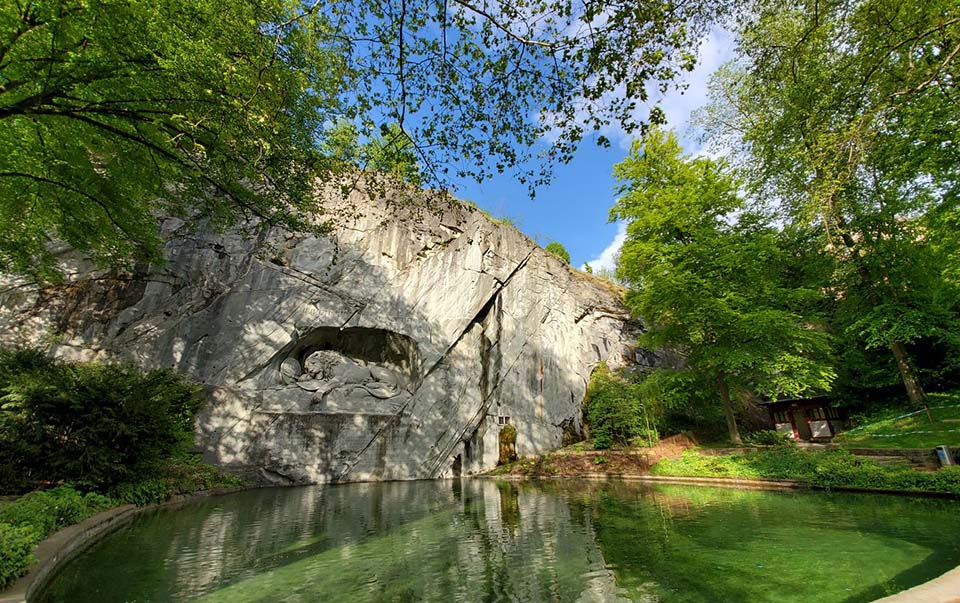
Lucerne isn’t just a city steeped in medieval history; it’s also a vibrant cultural hub with a rich tradition of music, art, and folklore. As I delved deeper into the city, I discovered a world of artistic and historical treasures waiting to be explored.
Richard Wagner Museum
For those with a passion for music, the Richard Wagner Museum is a true gem. Situated in the very villa where the legendary composer once resided, it’s a pilgrimage site for music enthusiasts. Stepping inside the museum felt like stepping into Wagner’s world. The rooms are filled with his personal belongings, creating an intimate connection to the life of this musical genius. From his writing desk to the grand piano where he composed some of his masterpieces, the museum offers an in-depth glimpse into his life and creative process.
Cost: The entrance fee to the Richard Wagner Museum is quite reasonable, at approximately CHF 15. This gives you access to a world of music history and insight.
Tip: Keep an eye on the museum’s schedule for live music performances. I was fortunate to attend one, and it was a mesmerizing experience. The music echoed through the villa, bringing Wagner’s compositions to life in the very place where they were conceived.
Swiss Museum of Transport
Lucerne’s Swiss Museum of Transport is an absolute must for anyone with an interest in the history of transportation. However, it’s not your typical museum; it’s a hands-on, interactive journey through the world of transport. From vintage trains that you can board to historic planes suspended from the ceiling, the museum is a playground for all things related to getting from point A to point B. It’s not just informative; it’s incredibly fun for visitors of all ages.
Cost: The entrance fee to the Swiss Museum of Transport is approximately CHF 32, and it’s well worth the price. It grants you access to a vast collection of transport-related exhibits that are both educational and entertaining.
Tip: Plan to spend at least half a day here. The museum is extensive, and there’s so much to see and do. Whether you’re fascinated by old locomotives, vintage automobiles, or cutting-edge space exploration, this museum has it all. It’s an engaging experience that will transport you through the evolution of transport.
These cultural gems in Lucerne reveal a different side of the city’s personality. From the musical echoes of Richard Wagner to the interactive exploration of transport history, I found myself enriched by the city’s artistic and intellectual offerings. Lucerne isn’t just a visual treat; it’s a feast for the soul, and these cultural attractions are an essential part of that feast.
Culinary Delights

No journey through Lucerne is truly complete without savoring the delectable delights of Swiss cuisine. During my visit, I had the pleasure of indulging in a delightful cheese fondue experience at a cozy, dimly lit restaurant. It was a culinary adventure that made me feel like I had stepped into the pages of a fairy tale.
Alpine Delights: Cheese Fondue
Nestled amidst the breathtaking alpine landscapes, Lucerne boasts a rich tradition of Swiss cheese production. As a result, cheese fondue is a quintessential Swiss dish, and there’s no better place to savor it than in Lucerne. This hearty dish typically involves a blend of Swiss cheeses, white wine, and garlic, all melted into a creamy, flavorful concoction. The molten cheese is served alongside bite-sized bread cubes, and the communal dining experience is as heartwarming as the dish itself.
Cost: The price for a cheese fondue meal can vary depending on the restaurant, but you can expect it to range from CHF 20 to CHF 40. It’s a delightful culinary experience that offers excellent value for your money.
Tip: To elevate your cheese fondue experience, I recommend pairing it with a glass of Swiss white wine. The wine complements the flavors of the fondue perfectly and adds an extra layer of Swiss authenticity to your meal.
A Scenic Stroll: Lake Lucerne
While Lucerne is renowned for its historical and cultural treasures, the city is also blessed with the beauty of nature. Lake Lucerne, with its crystal-clear waters cradled by majestic mountains, provides a breathtaking backdrop for a leisurely walk. I found myself taking a leisurely stroll along the picturesque promenade, reveling in the stunning views that surrounded me.
The gentle lapping of the lake’s waters, the fresh mountain air, and the graceful swans gliding serenely on the lake’s surface created an atmosphere of tranquility that was truly enchanting.
Cost: The best part about this experience is that it’s absolutely free. You can enjoy a leisurely walk along the shores of Lake Lucerne without spending a penny.
Tip: For a unique perspective of the city and its stunning surroundings, consider taking a boat trip on Lake Lucerne. It’s a different way to immerse yourself in the city’s natural beauty and witness the landscapes from a whole new vantage point.
These culinary and natural experiences added an extra layer of richness to my journey through Lucerne. From the warmth of the cheese fondue to the serenity of Lake Lucerne, these moments were a true feast for the senses and left me with memories that will linger in my heart. Lucerne is indeed a city of diverse delights, both for the palate and the soul.
Getting Around
Lucerne is a compact city, and I found it incredibly easy to navigate on foot. Most of the attractions are within walking distance of each other. However, if you plan to explore the surrounding mountains or lakes, there are convenient public transportation options, including trams, buses, and boats.
Duration: A full day is ideal for exploring Lucerne’s Old Town and visiting some of its key attractions. If you wish to explore the museums in more detail or take a day trip to the nearby mountains, plan for additional days.
Budget: Lucerne can be on the expensive side, so budget-conscious travelers should plan their expenses carefully. On average, you can expect to spend around CHF 70-100 per day for food, transportation, and entrance fees to attractions.
Lucerne’s Old Town is a living testament to the beauty of history and culture. It’s a place where you can walk through time, indulge in culinary delights, and connect with nature’s serenity. The city seamlessly weaves together its medieval charm, cultural richness, and natural beauty, making it a destination that appeals to all senses. A journey through Lucerne’s Old Town is a journey through history and culture that will leave you with lasting memories and a deep appreciation for this Swiss gem.
